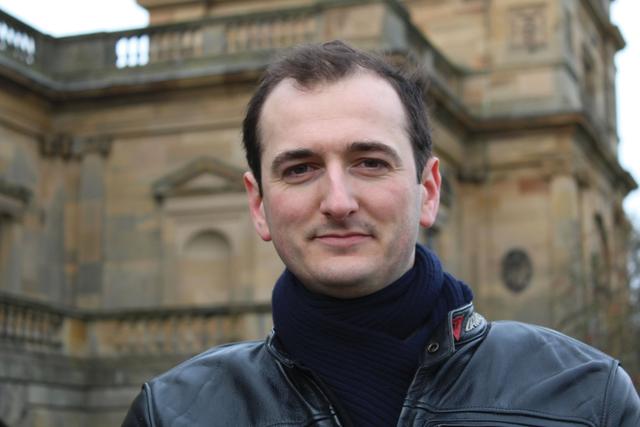The plan was to drive to London, drop off a painting at the restorer, fly to Munich to visit the Alte Pinakothek, and then return to London to view the Old Master sales, before driving home—perhaps, if I was lucky, with a new painting. In the autumn, when it looked as if Covid was receding, this seemed vaguely sensible. But by the time I was due to leave, a fourth wave had appeared in Germany, new travel restrictions had been imposed across Europe, and Omicron was spreading from South Africa.
I was not to be stopped. Four Covid tests, three registration forms and a Covid passport later, I was in the Alte Pinakothek, which I’d never visited before. To get in, you need to show both proof of vaccination and a negative Covid test within 24 hours. It feels very safe. It was the first time in almost two years I’d been in a museum for a prolonged period of time just focusing on art. Room after room came masterpieces I thought I knew from images, but which astonished me each time. Sixteen Van Dycks! After a while I noticed I wasn’t museum fit—my brain, overwhelmed, needed a rest. By the end I was like Monty Python’s Mr Creosote; just one more “wafer-thin” painting, and my head might have exploded. If you can manage all the Covid protocols, I recommend a visit. You’ll have the place to yourself.
The London salerooms were busier than I expected. This time Sotheby’s had the more impressive offering. A pair of Van Dyck portraits were hung in pride of place, and fetched over £6m, the second highest price his work has ever achieved. Less successful was a newly discovered landscape by John Constable, which was pitched at £3m-£5m. A more tempting estimate and I’m sure it would have sold just as well, like the Turner painting of Cilgerran Castle estimated at £300,000-£500,000, which made over £1m. There were prices to suit any narrative. A Cornelis Kick flower piece, which in 2011 sold for £61,000, made £226,000 this time, suggesting boom times for the best still-lifes. A landscape by William Ashford made £137,500, only just surpassing the £132,000 it made back in 1991. An unhappy investment. The overall totals from London sales this year are only marginally down from the average of the past six years. Considering the impact of Covid, that’s not too bad.
On the other hand, New York’s Old Master sales seem as robust as ever. With stellar lots such as Botticelli’s $92m Portrait of a Young Man with a Roundel, and the same artist’s $40m Man of Sorrows on offer in January, New York remains the place for Old Masters to compete with Modern and contemporary art. I wonder what effect Brexit is having on the London market. Are European consigners turning to London less? I hear whispers that they are, and note that both Sotheby’s and Christie’s Paris sales have been impressive lately. When in Munich, I visited Hampel Fine Art Auctions. Many of the 100 or so lots in their Old Master sale might have struggled to make the grade for a Christie’s or Sotheby’s day sale, but at Hampel they effortlessly made five and often six figures. Hampel sold just over 100 lots for €4.3m, nearly twice what Christie’s London day sale made.
Overshadowing many of the paintings in London was the Hamilton Aphrodite, a first-century full-length Roman marble. Beautifully carved, as good as anything Canova might have made almost 2,000 years later, the statue seemed to demand worship. I wasn’t surprised it mesmerised bidders up to £18.5m. Sadly, there was no room in my car.



